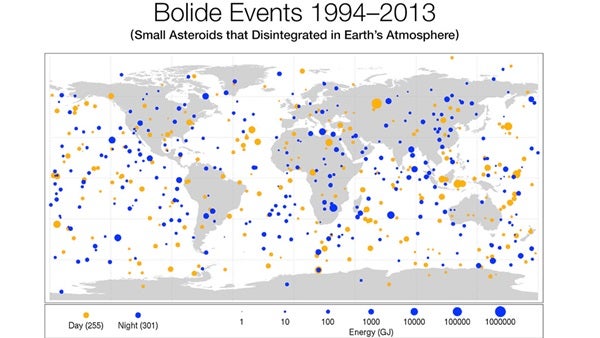Finding and characterizing hazardous asteroids to protect our planet is a high priority for NASA. It is one of the reasons NASA has increased by a factor of 10 investments in asteroid detection, characterization, and mitigation activities over the last five years. In addition, NASA has aggressively developed strategies and plans with its partners in the U.S. and abroad to detect, track, and characterize NEOs. These activities also will help identify NEOs that might pose a risk of Earth impact and further help inform developing options for planetary defense.
The public can help participate in the hunt for potentially hazardous NEOs through the Asteroid Grand Challenge, which aims to create a plan to find all asteroid threats to human populations and know what to do about them. NASA is also pursuing an Asteroid Redirect Mission (ARM), which will identify, redirect, and send astronauts to explore an asteroid. Among its many exploration goals, the mission could demonstrate basic planetary defense techniques for asteroid deflection.










